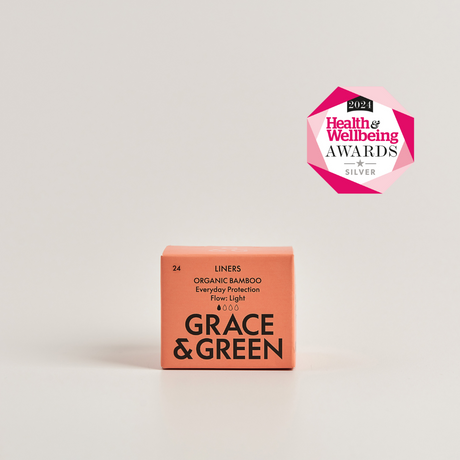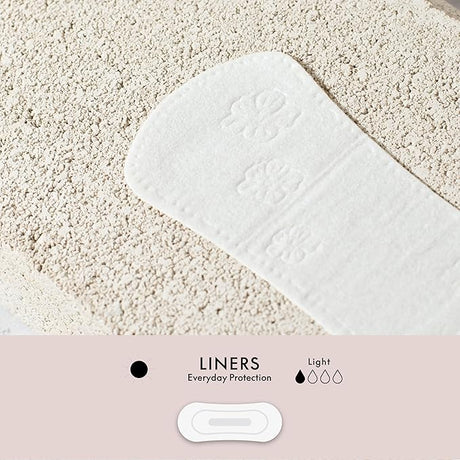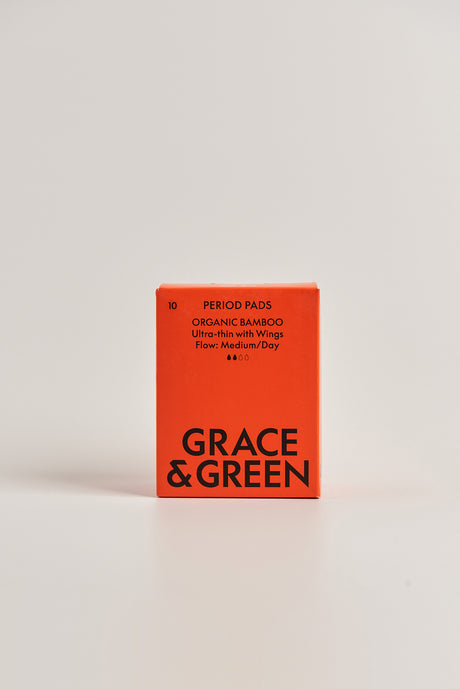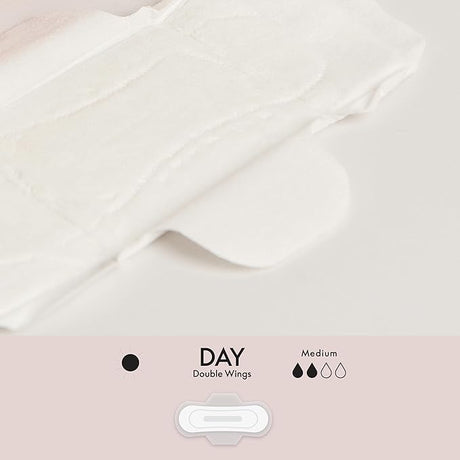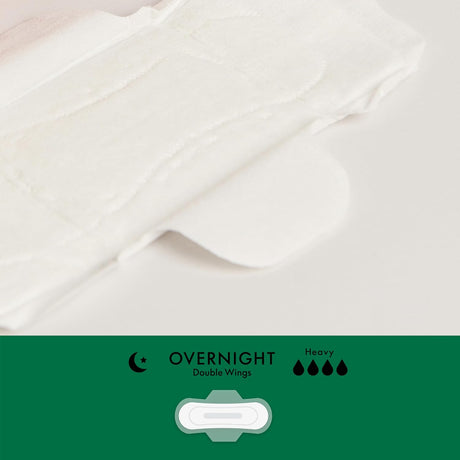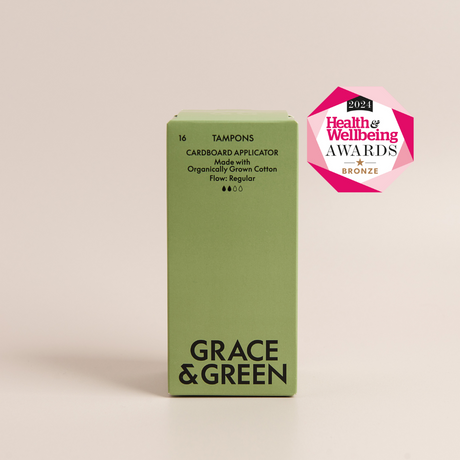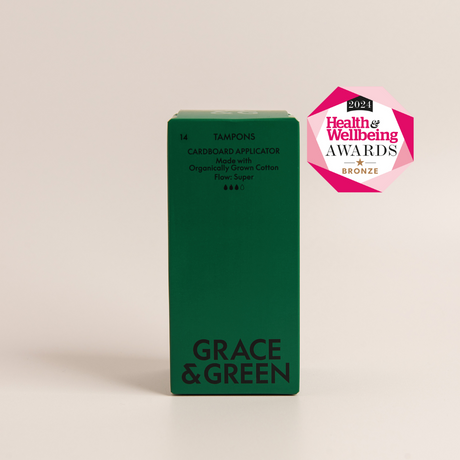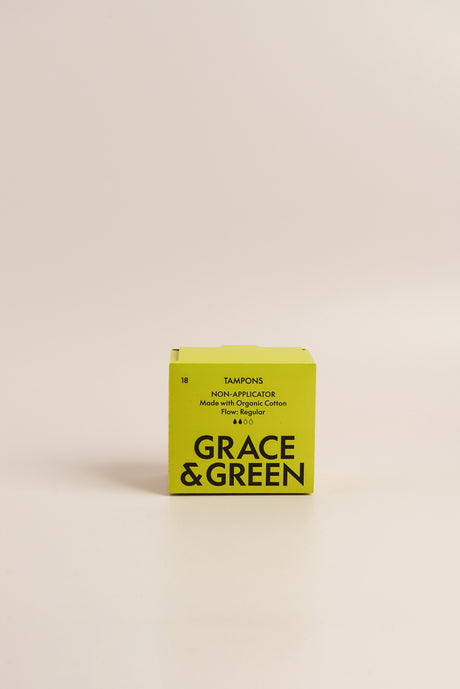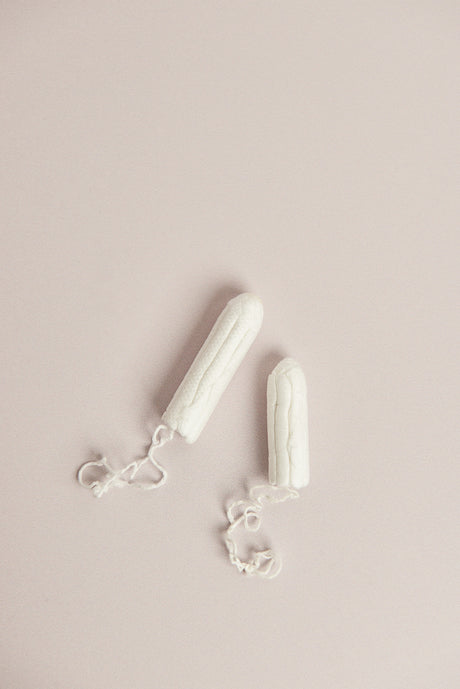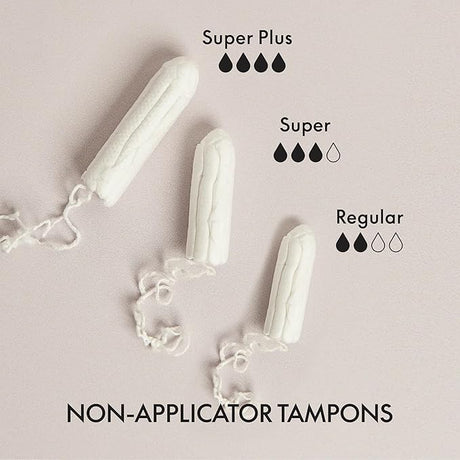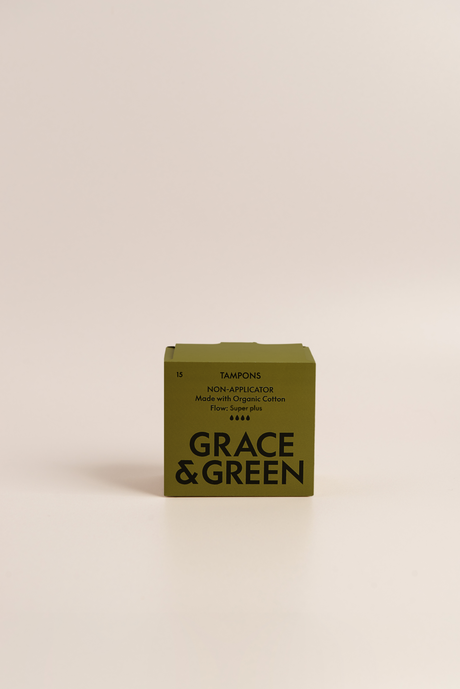Welcome to our ultimate guide on menstrual cups - the sustainable and fuss-free alternative to conventional period products. Menstrual cups are becoming increasingly popular and it’s not difficult to see why. They don’t dry out the vagina like some tampons can, nor do they contain harmful substances. They’re also reusable, eco-friendly and don’t create waste, plus if we’re talking about the financial benefits they’re a lot cheaper in the long run. A convincing argument right?
Let’s take a deep dive into the world of menstrual cups, their benefits and how exactly you should use them.
What is a menstrual cup?
Period cups are a small cup made from 100% hypoallergenic, medical-grade silicone. They’re flexible and designed to comfortably fit inside the vaginal canal, creating a secure suction seal that keeps it in place and collects menstrual blood for up to 12 hours - it’s our founder’s favourite product for a reason!
The benefits of a menstrual cup
Long lasting
Menstrual cups can be worn for up to 12 hours depending on your flow which means fewer changes throughout the day. Plus, you can even wear it whilst sleeping.
No nasty chemicals
Most conventional, disposable tampons are treated with chemicals to bleach the cotton and also contain plastics. Mass-produced tampons can strip your vaginal walls of its healthy lining and soak up the discharge needed to keep your body’s natural flora at the optimum levels. Using a body friendly cup can also reduce your risk of bacterial infections.
Round-the-clock support
No matter what your day holds, your menstrual cup will be your support system. Our menstrual cups offer round-the-clock protection and can even be worn when taking part in sports including swimming.
Cost-effective period care
Our reusable cups are designed to last for 10 years making them our most environmentally-friendly but also cost-effective product. The upfront cost might be higher than buying disposable products but you’ll be saving money in the long run. Think of it as an investment into your period care.
Planet friendly
Switching to a menstrual cup can save the environment from approximately 16,000 tampons, liners and sanitary pads in your lifetime, all of which can take between 500-800 years to fully decompose. In comparison, silicone is a much greener option and slowly goes back to its original state as it degrades.
How to use a menstrual cup
The first rule of a cup is making sure it’s clean. So before you use it for the first time, boil the cup in a saucepan of water for 20 minutes and wash your hands before you begin.
Now onto inserting, start by folding the cup - think of it as origami - the most popular is the ‘C Fold’ method: simply folding it in half to resemble the letter “C”. Try different positions to help you relax and then insert the cup aiming towards your lower back not straight up. Once the cup is fully inserted, release and allow the cup to work its magic and open up inside.
Achieving a proper seal
To ensure a proper suction has been created, do a quick check by running your finger around the base of the cup to ensure there’s no dents or folds. Your cup’s stem might feel a bit long so you can trim it to your liking to ensure it’s comfortably fitted.
Removal and cleaning
Again, always wash your hands before removing your cup then gently pinch the base to break the suction seal. This will basically release the cup’s grip and make removal easier. Don’t pull on the stem as this can cause the opposite effect!
Empty the cup into the toilet or sink and, if you can, give it a really good rinse with cold water. Re-insert or, if you’ve finished your period, simply boil the cup in water for 5-7 minutes before storing it for your next cycle. If you want a quicker alternative, try a microwavable sterilising pod.
What size is right for you?
Grace & Green period cups are available in two sizes to suit your needs and flow. Size A is perfect for those with a normal to light flow, beginner cup users, and those who haven’t given birth vaginally with a capacity equal to three tampons. Size B is ideal for those with a normal to heavy flow, experienced cup users, and those who have given birth vaginally, with a capacity equal to four tampons.
Starting your sustainable period cup journey
Hopefully this article has given you the confidence you need to start your period cup journey and has answered any questions you might have. Like with all periods, everyone’s experience is different so don’t be afraid to experiment and find the cup that works best.


